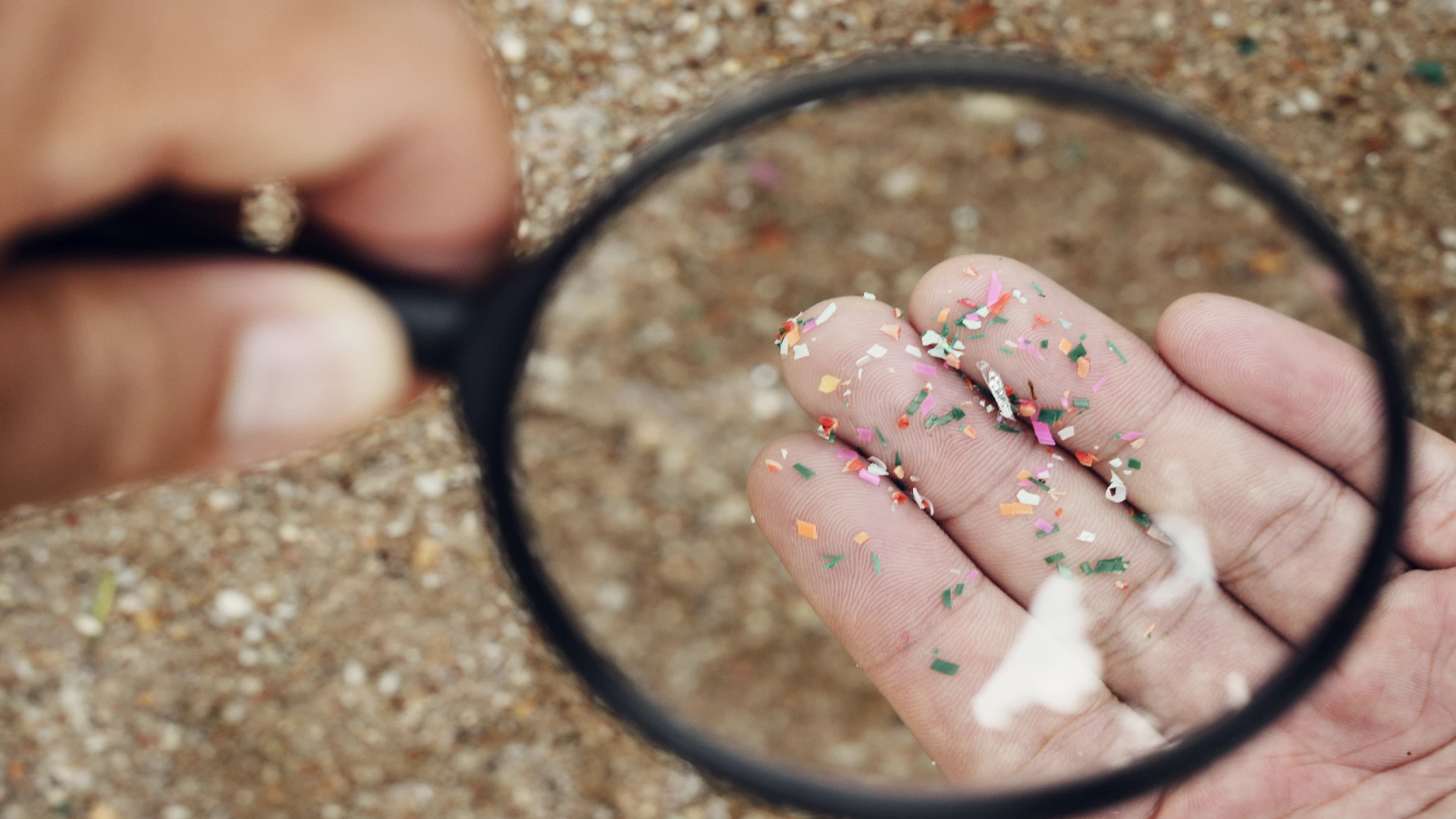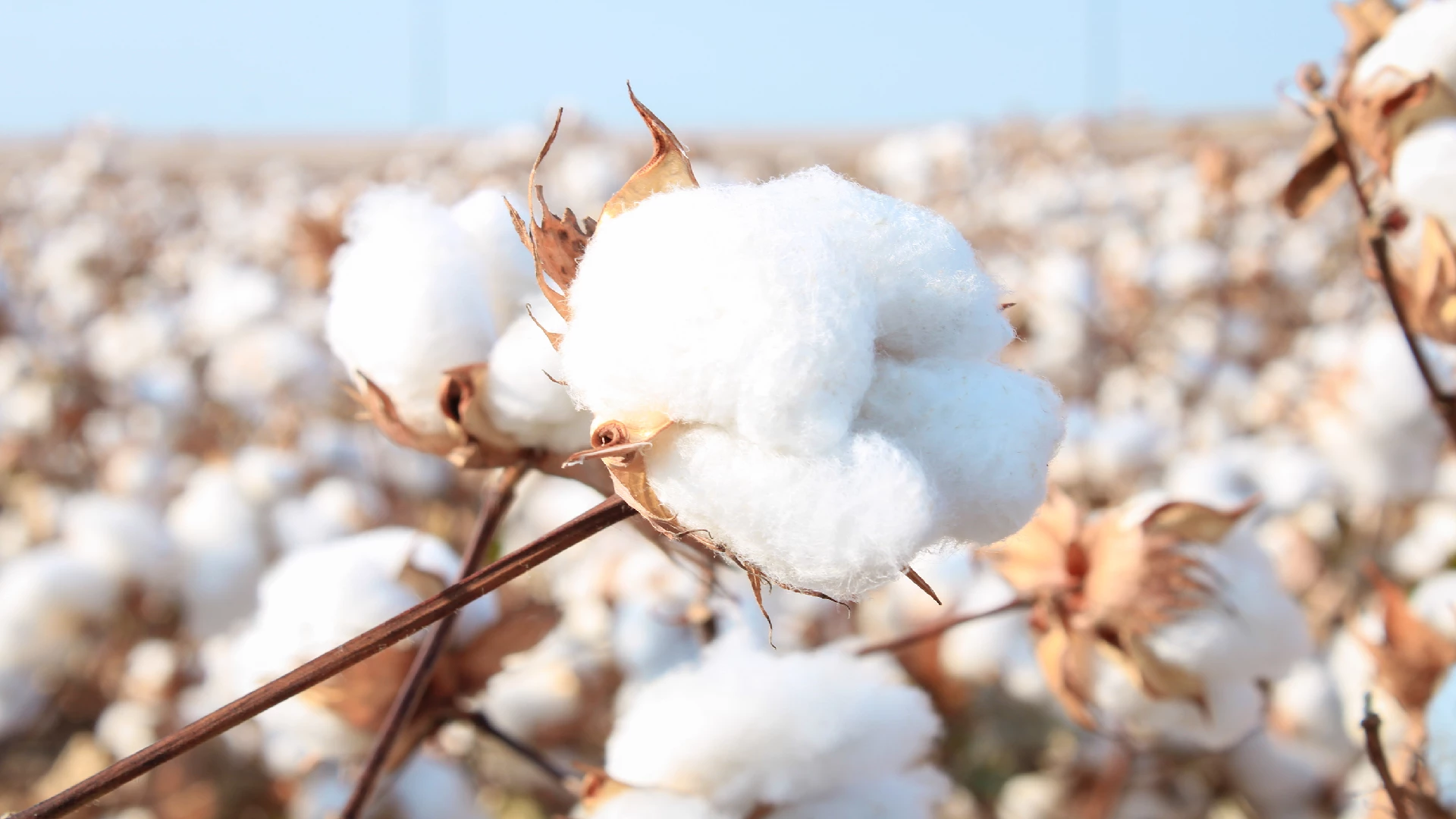In today’s fast-paced world, the fashion industry has become synonymous with trends that change as rapidly as the seasons. Amid this whirlwind of style, a less visible but equally concerning trend has emerged: the increasing use of plastic in clothing. While plastic-based textiles offer convenience and affordability, their health and environmental impacts are alarming, casting a shadow on the glamorous façade of the fashion industry.
Step into Style: Explore Fashion Trends
Plastic Invasion in Our Wardrobes: The Rise of Synthetic Fibers
 Synthetic fibers, including polyester, nylon, and acrylic, have become the backbone of modern clothing production. These materials are derived from petroleum-based polymers, giving them qualities like durability, lightweightness, and water resistance. Yet, the very attributes that make plastic textiles popular are also the reasons they pose a serious threat to both the environment and human well-being.
Synthetic fibers, including polyester, nylon, and acrylic, have become the backbone of modern clothing production. These materials are derived from petroleum-based polymers, giving them qualities like durability, lightweightness, and water resistance. Yet, the very attributes that make plastic textiles popular are also the reasons they pose a serious threat to both the environment and human well-being.
The Skin-Deep Dilemma: Health Impacts on Wearers
 Plastic-based clothing can exert direct effects on those who wear them. Compared to natural fibers like cotton or wool, synthetics are less breathable, causing heightened perspiration and skin irritation. Moreover, these fabrics can create an ideal breeding ground for bacteria and fungi due to their heat and moisture-trapping nature.
Plastic-based clothing can exert direct effects on those who wear them. Compared to natural fibers like cotton or wool, synthetics are less breathable, causing heightened perspiration and skin irritation. Moreover, these fabrics can create an ideal breeding ground for bacteria and fungi due to their heat and moisture-trapping nature.
Complicating matters further, the chemicals employed in the production of synthetic fibers can pose risks to human health. Substances like phthalates, utilized to enhance flexibility, have been associated with endocrine disruption and other health concerns.
Environmental Nightmare: Microplastics and Beyond
 The hidden danger of plastic in clothing lies in the shedding of microplastics. When synthetic fabrics are washed, tiny plastic fibers are released into the wastewater. These microplastics are so minuscule that they can easily pass through water treatment facilities and end up in rivers, lakes, oceans, and even the soil. Once in the environment, they persist for hundreds of years, causing widespread pollution.
The hidden danger of plastic in clothing lies in the shedding of microplastics. When synthetic fabrics are washed, tiny plastic fibers are released into the wastewater. These microplastics are so minuscule that they can easily pass through water treatment facilities and end up in rivers, lakes, oceans, and even the soil. Once in the environment, they persist for hundreds of years, causing widespread pollution.
Marine life, including fish, mollusks, and even plankton, mistake microplastics for food, leading to ingestion. This not only disrupts the marine food chain but can also result in the transfer of plastic particles up the food chain, potentially reaching human consumers. Research is ongoing to determine the full extent of the health risks associated with consuming microplastics-contaminated seafood, but the potential for harm is undeniable.
Towards a Sustainable Shift: Solutions and Alternatives
 As the world grapples with the dangers of plastic-infused clothing, there is a growing movement towards sustainable fashion. This movement emphasizes the use of natural, biodegradable fibers like organic cotton, hemp, and bamboo, which have a lower environmental impact and pose fewer health risks. Additionally, recycling and upcycling initiatives are gaining traction, offering ways to repurpose plastic-based textiles and reduce the demand for new production.
As the world grapples with the dangers of plastic-infused clothing, there is a growing movement towards sustainable fashion. This movement emphasizes the use of natural, biodegradable fibers like organic cotton, hemp, and bamboo, which have a lower environmental impact and pose fewer health risks. Additionally, recycling and upcycling initiatives are gaining traction, offering ways to repurpose plastic-based textiles and reduce the demand for new production.
Consumers also play a vital role in driving change. By making informed choices and supporting brands that health prioritizes sustainability, individuals can push the fashion industry to adopt more eco-friendly practices. Proper garment care, such as using microfiber-catching laundry bags or opting for colder and shorter washing cycles, can also help reduce the shedding of microplastics.
In Conclusion: Unveiling the True Cost of Plastic Clothing
While plastic-based clothing may have provided a convenient and affordable option for both consumers and the fashion industry, its hidden dangers have come to the forefront. From environmental pollution and marine ecosystem disruption to potential health risks for both wearers and those who consume marine life, the consequences of plastic textiles are far-reaching.
Addressing these concerns requires a concerted effort from all stakeholders: from governments and industries implementing stricter regulations, to designers and consumers championing sustainable practices. The true cost of plastic clothing extends beyond the price tag, urging us to rethink our choices and demand a more responsible and environmentally conscious approach to fashion.
Step into Style: Explore Fashion Trends










